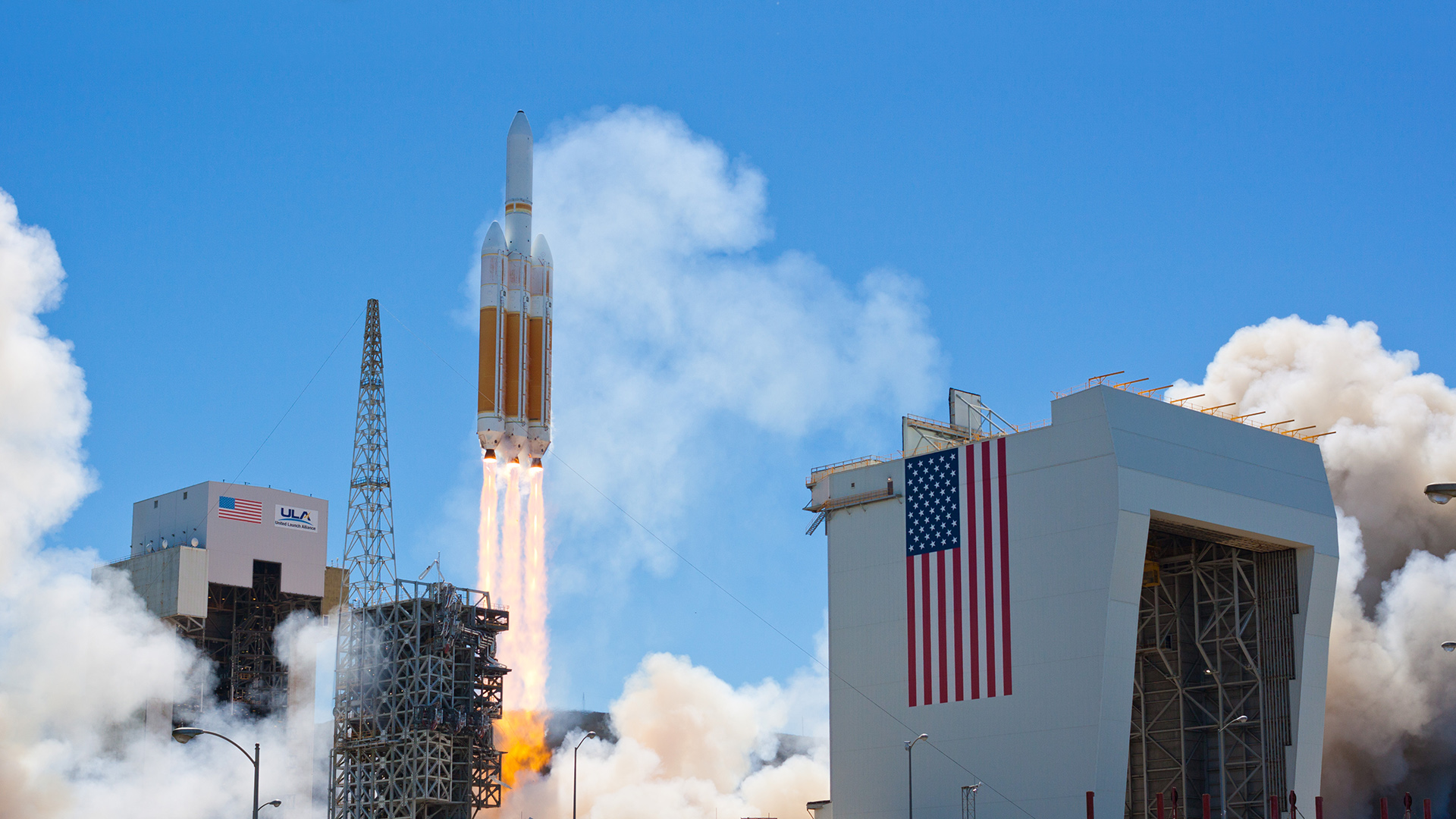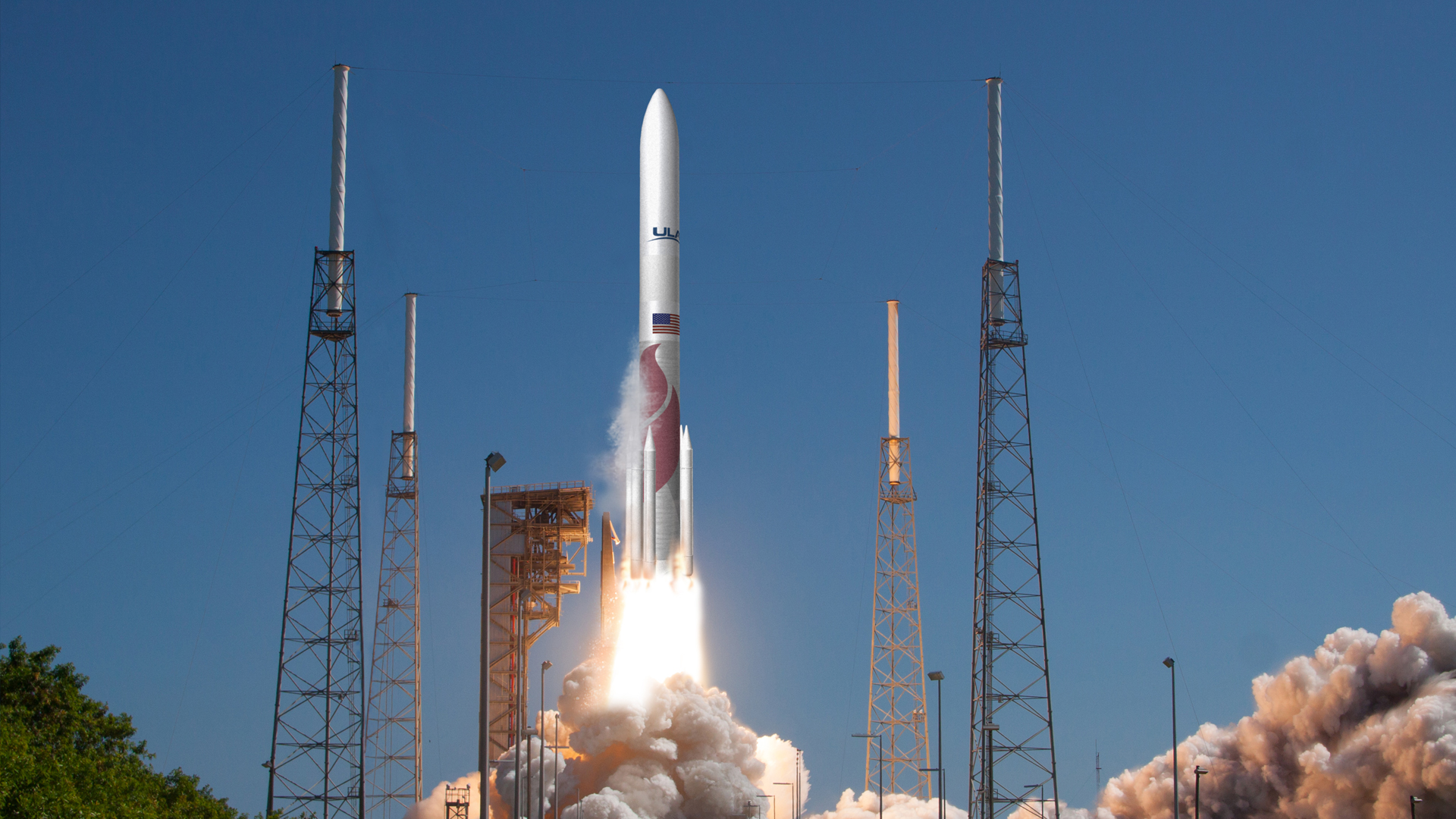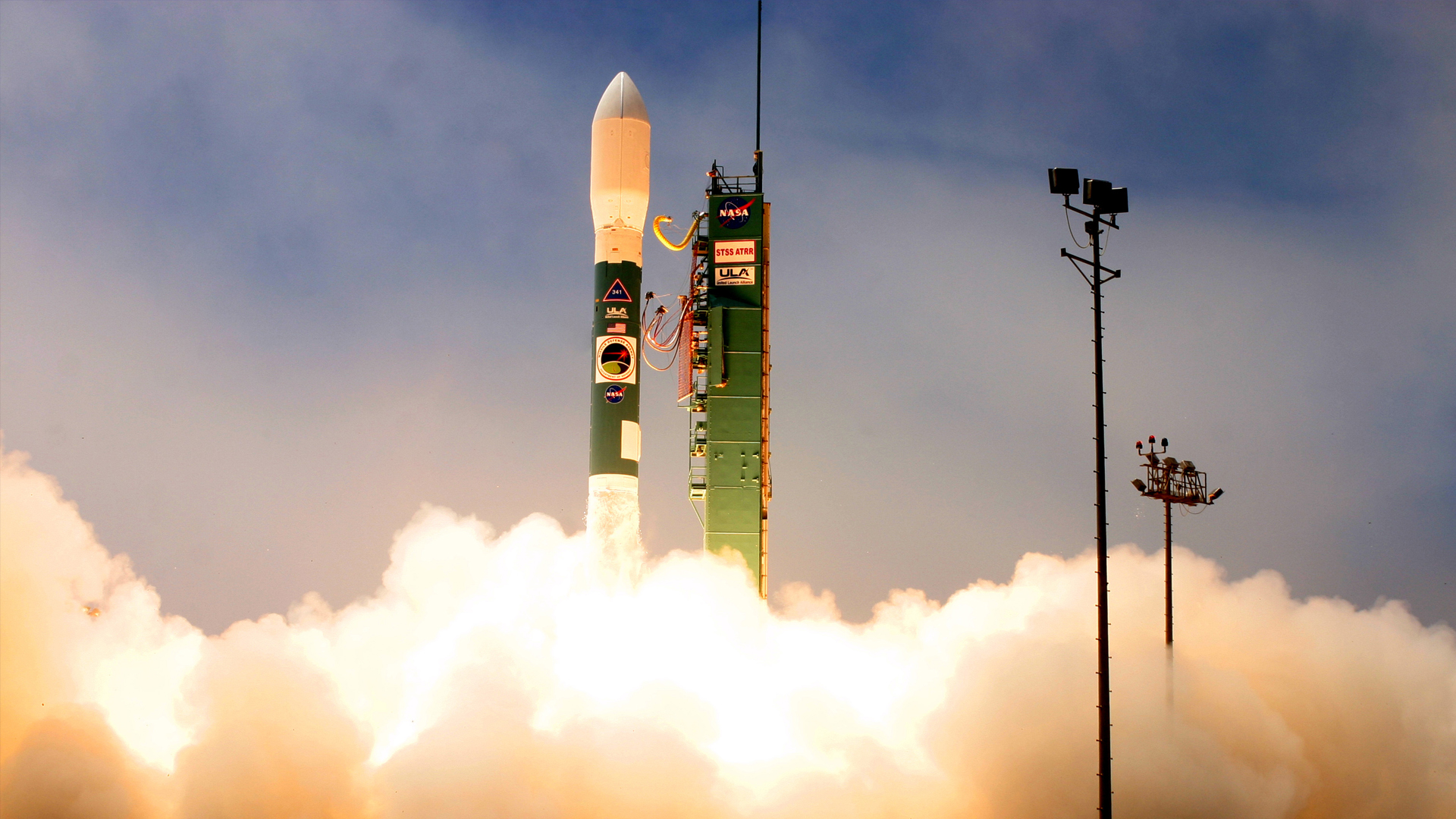Atlas V
Reliability.
Flexibility.
Performance.
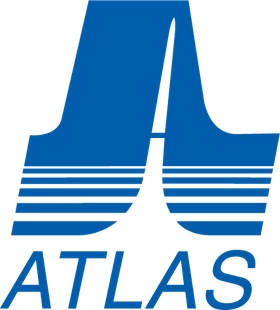
Get to Space Safely and on Time
100% launch success founded on a heritage of more than 600 Atlas program launches.
Delivers the most sensitive and critical missions – including planetary exploration missions, classified defense systems and key commercial assets.
Launching astronauts to the International Space Station aboard Boeing’s Starliner capsule.
Configurations
Modular design to accommodate a full range of mission requirements
Atlas V uses a standard common core booster, up to five solid rocket boosters (SRBs), a Centaur upper stage in a single- or dual-engine configuration, and one of several sizes of payload fairings.
Centaur is the world's highest-performing upper stage. The pressure-stabilized tanks combined with the lightweight Aerojet Rocketdyne RL10C-1 engine provides industry best thrust-to-weight ratio. The stage has demonstrated long-coast relight capability that enables it to service any orbital need.
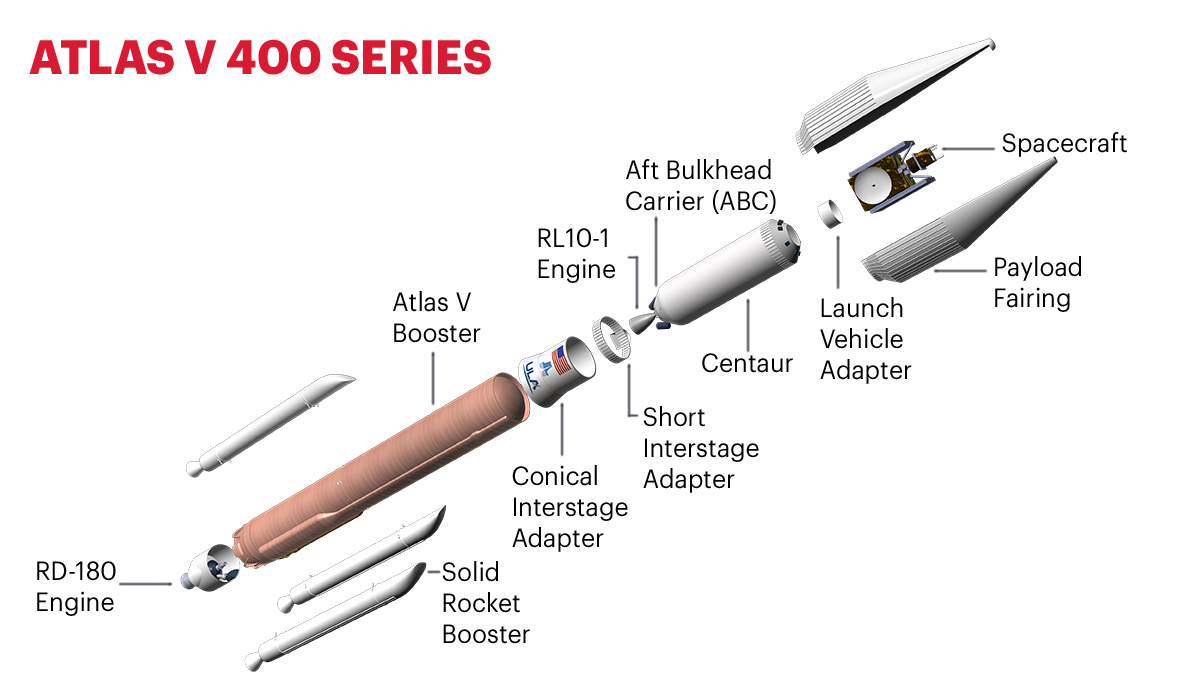
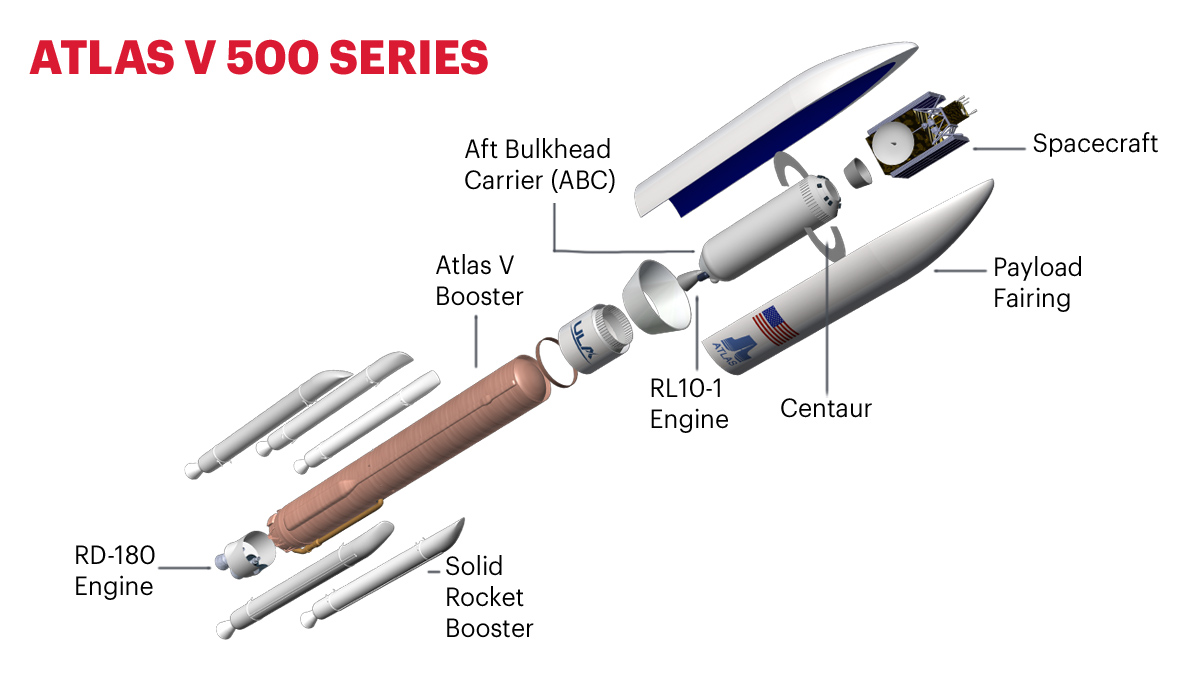
Find the optimal configuration for your spacecraft at RocketBuilder.com.
Performance
Optimal orbit for each customer, delivering industry-best spacecraft orbital insertion accuracy
GEO 0.0° | GTO 27.0° | LEO 28.7° | LEO 90.0° | LEO ISS 51.6° | |
401 | 4,750 kg 10,470 lbs | 9,800 kg 21,600lbs | 8,080 kg 17,820 lbs | 8,910 kg 19,640 lbs | |
411 | 1,935 kg 4,270 lbs | 5,950 kg 13,110 lbs | 12,030 kg 26,530 lbs | 9,980 kg 22,020 lbs | 10,670 kg 23,530 lbs |
421 | 2,480 kg 5,460 lbs | 6,890 kg 15,180 lbs | 13,600 kg 29,980 lbs | 11,140 kg 24,560 lbs | 12,060 kg 26,600 lbs |
431 | 2,820 kg 6,210 lbs | 7,700 kg 16,970 lbs | 15,260 kg 33,660 lbs | 12,310 kg 26,750 lbs | 13,250 kg 29,220 lbs |
501 | 3,780 kg 8,330 lbs | 8,210 kg 18,100 lbs | 6,770 kg 14,930 lbs | 7,540 kg 16,630 lbs | |
511 | 5,250 kg 11,570 lbs | 11,000 kg 24,250 lbs | 9,060 kg 19,990 lbs | 10,160 kg 22,410 lbs | |
521 | 2,540 kg 5,610 lbs | 6,480 kg 14,280 lbs | 13,500 kg 29,760 lbs | 11,160 kg 24,610 lbs | 12,510 kg 27,590 lbs |
531 | 3,080 kg 6,800 lbs | 7,450 kg 16,420 lbs | 15,530 kg 34,250 lbs | 12,880 kg 28,410 lbs | 14,480 kg 31,920 lbs |
541 | 3,530 kg 7,800 lbs | 8,290 kg 18,270 lbs | 17,410 kg 38,400 lbs | 14,480 kg 31,940 lbs | 16,290 kg 35,920 lbs |
551 | 3,850 kg 8,500 lbs | 8,900 kg 19,620 lbs | 18,850 kg 41,570 lbs | 15,760 kg 34,750 lbs | 17,720 kg 39,080 lbs |
GTO (Geosynchronous Transfer Orbit)=35,786 km x 185 km at 27.0 deg
LEO (Low Earth Orbit-Reference) =200 km circular at 28.7 deg or 90 deg
LEO ISS (Low Earth Orbit-International Space Station) =407 km circular at 51.6 deg
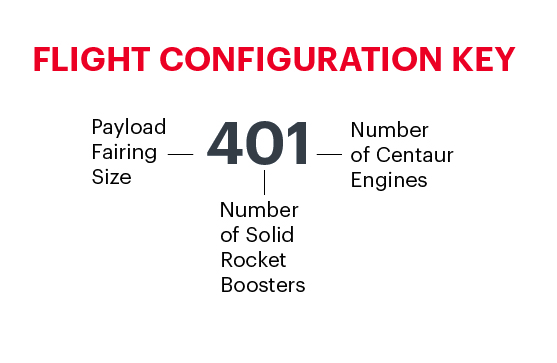
Payload Fairings
The payload fairing (PLF) provides a controlled, safe environment for spacecraft during ascent. All ULA PLFs are configured for off-pad payload encapsulation to enhance payload safety and security and minimize on-pad time.
The Atlas V payload fairings are configurable to fit a variety of spacecraft heights, both 4-m and 5-m diameter variants are available in three lengths. The 4-m PLF is a metallic design, configured by adding additional cylindrical plugs to achieve the desired length. The 5-m PLF is a carbon composite bi-sector design manufactured by ULA partner Beyond Gravity.
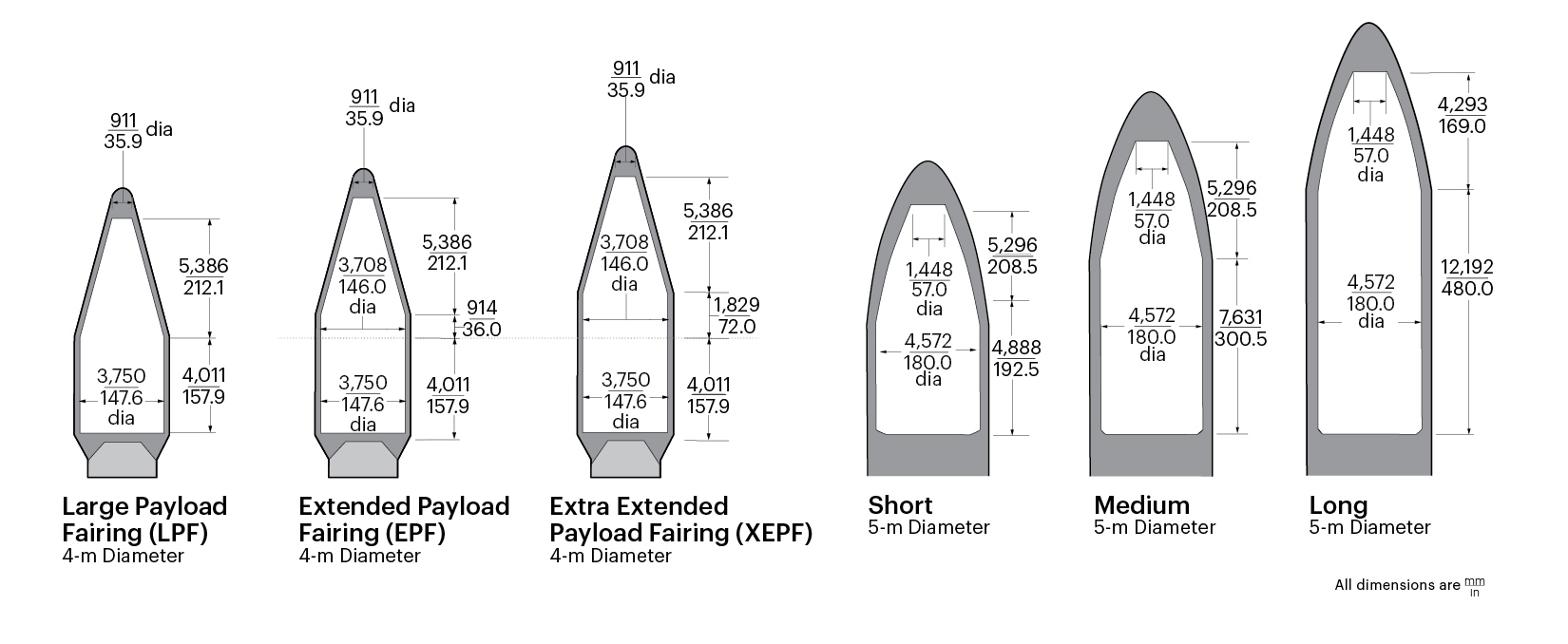
Propulsion
Main Engine
Delivering more than 860,000 pounds of thrust at liftoff and an impressive range of continuous throttling capability, the RD-180 main engine is a powerful combination of innovation and performance. Designed and manufactured by NPO Energomash, the liquid oxygen/liquid kerosene, two-thrust-chamber RD-180 engine is a complete propulsion unit equipped with hydraulics for control valve actuation and thrust vector gimbaling, pneumatics for valve actuation and system purging, and a thrust frame to distribute loads.
Nominal Thrust (sea level): 860,300 lbs
Specific Impulse (sea level): 311 seconds
Length: 140 in Weight: 12,081 lbs
Fuel/Oxidizer: Liquid Oxygen/Liquid Kerosene
Solid Rocket Boosters
When missions demand additional thrust at liftoff, Atlas integrates up to three Aerojet Rocketdyne solid rocket boosters (SRBs) on the Atlas V 400 series launch vehicle and up to five SRBs on the Atlas V 500 series vehicles.
Peak Vacuum Thrust: 380,000 lbs
Specific Impulse: 279.3 seconds
Length: 787 in
Maximum Diameter: 62.2 in
Weight: 102,950 lbs
Nominal Burn Time: 88.3 seconds
Upper Stage
Both the Atlas V and the Delta IV rely on the RL10 propulsion system to power their second stages. Logging an impressive record of nearly 400 successful flights and nearly 700 firings in space, RL10 engines, manufactured by Aerojet Rocketdyne, harness the power of high-energy liquid hydrogen. The RL10 boasts a precision control system and restart capability to accurately place payloads into orbit.
The Atlas V Centaur upper stage is powered by the RL10C and can be configured with either one or two engines.
Nominal Thrust: 22,900 lbs
Specific Impulse: 450.5 secondsFuel/Oxidizer: Liquid Hydrogen/Liquid Oxygen
Diameter: 46 in
Weight: 367 lbs


